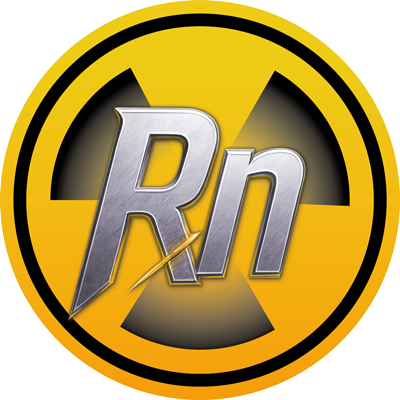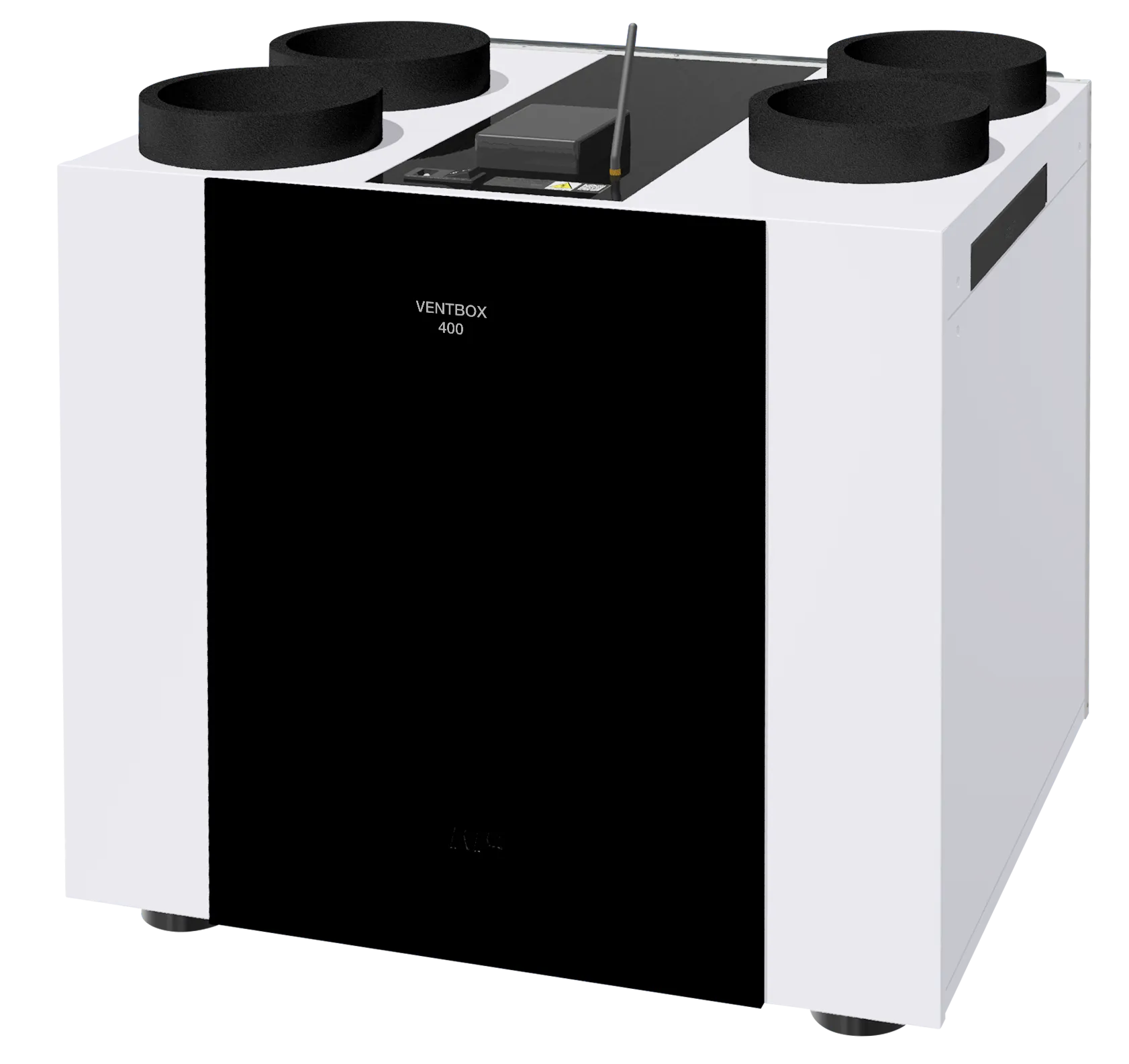Installing a radon mitigation system is a key step for healthy, safe, and energy-efficient living. It is a comprehensive solution that combines health protection, compliance with legislative requirements, the use of modern technologies, and maximum user comfort. A properly designed and implemented system can effectively reduce risks associated with radon, optimise the indoor environment, and at the same time deliver long-term savings and legal advantages.

Our main goals
Our main advantages
A smart solution that protects your home from radon and brings additional benefits that traditional measures cannot offer.
Criterion
Traditional measures
(drilling, insulation, ventilation)
Our radon mitigation system
Construction work
Efficiency
Implementation time
Efficiency control
Maintenance
Implementation cost
Additional benefits
Our publications
Materials that will introduce you to the risks of radon and provide solutions you can rely on.
When and why should you install a radon mitigation system?
While radon mitigation measures can be integrated cost-effectively and efficiently at the design stage of new buildings, in existing buildings they are typically installed following measurements that reveal elevated radon concentrations.
When do we recommend installing a radon mitigation system?
A radon mitigation system is particularly suitable in areas with a high radon index in the ground, as well as in schools, kindergartens, public buildings, and family homes. It is also recommended during renovations or when changing the use of a building.

Frequently asked questions (FAQ)
Radon is a colourless, odourless, and tasteless gas, meaning its presence cannot be detected by human senses. The only reliable way to determine radon levels is through measurement. Testing is particularly recommended for older buildings, homes with basements, properties located in areas with a high radon index, or when there are health concerns potentially linked to prolonged indoor exposure.
If measurements indicate radon levels above those recommended by the World Health Organization (100–300 Bq/m³), action should be taken immediately to reduce exposure. The first step is to analyse the causes and propose appropriate corrective measures. This is followed by the installation of a suitable system — such as specialised heat recovery units or other technical modifications — to permanently lower radon concentrations. The sooner these measures are implemented, the quicker the associated health risks can be reduced.
An anti-radon system operates continuously throughout the year, automatically regulating the intake of fresh air and the extraction of radon-laden air. During winter, it preheats incoming air via heat recovery, while in summer it contributes to maintaining a comfortable indoor climate. Maintenance typically involves regular filter replacement and an annual professional inspection. Operating costs are low and negligible when compared to the significant health benefits.
Yes. These units are equipped with a radon sensor that continuously monitors indoor radon levels. Based on the readings, the system automatically adjusts its operation to maintain the lowest possible concentration. Remote access is also available, enabling you to monitor not only radon levels but also CO₂ concentration and other air quality parameters. To ensure long-term effectiveness, regular maintenance — particularly timely filter replacement in accordance with the manufacturer’s recommendations — is essential.